Home extensions are like larger suitcases for travel, providing ample space for growing families, home offices, or hobbies. They enhance property value and offer customized designs, but it’s important to consider budget, planning permission, and building regulations beforehand.
Menu
Planning and Building a 3 Meter House Extension
Adding extra living space to your home and raising its value is a popular choice among homeowners, and a home extension is an excellent way to achieve this. You can opt for a single-storey extension or a loft conversion, depending on your needs. In the UK, kitchen extensions are a popular choice since they provide more functional space for cooking and entertaining guests. Loft conversions are also an option that can transform your unused attic into a comfortable bedroom or office. If you require additional living space within a limited budget, then a single-storey extension might be the right choice. It can be added to the side or rear of your property and provides up to 3 meters of extra space. This type of extension is ideal for those who do not want the hassle and expense associated with two-storey extensions. Before deciding on the type of extension, it’s important to consider your budget, requirements, planning permission, and building regulations. Hiring an experienced architect or contractor can help you make informed decisions about which kind of extension would suit your needs best. With careful consideration and proper planning, a home extension can transform your living space and add value to your property.
Benefits of Extending Your Home:
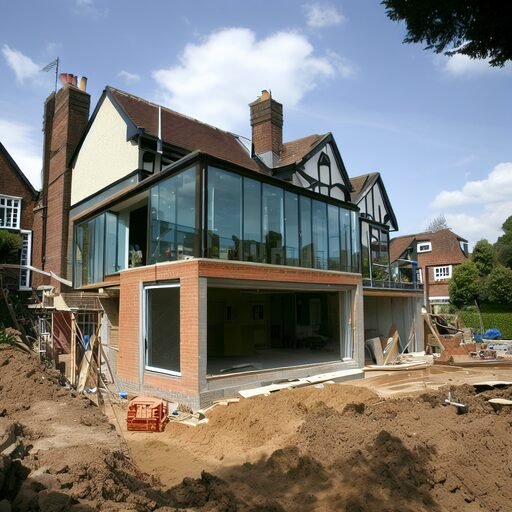



Additional Living Space: Expanding your home is an ideal solution for growing families, home offices, or hobbies. A 3-meter expansion can provide a new bedroom, bathroom, or living room, giving your family more space to enjoy.
Increased Property Value: Extending your home can significantly boost its value, adding much value and making it a wise investment for the future. Whether you live in a detached property or a semi in a conservation area, an expansion of 3 meters or more can greatly enhance your home’s worth.
Personalized Design: Extending your home allows you to personalize and create a space that meets your unique needs and preferences. With plenty of design options available, such as rear, side, or wrap-around extensions, you can choose the best fit for your home. You can also select glazing options, insulation, and heating to make your extension comfortable and energy-efficient.
Cost-Effective: Expanding your home is a budget-friendly way to add extra living space and increase your property’s value. By using an extension cost calculator, you can estimate the project cost and plan accordingly. You can also save on labor costs by taking on some of the work yourself if you have the skills.
Before planning your home extension, keep in mind that you may require planning permission and need to notify your neighbors if the extension involves work on a party wall. Additionally, make sure your extension meets the width and square meter requirements in your area. With the help of a surveyor and a detailed specification, you can ensure that your extension is built to the highest standards.
Planning Permission and Building Regulations


In most cases, a 3 meter addition to your house falls under permitted development rights, which means you don’t need planning permission as long as it meets certain criteria. These criteria include:
- The addition cannot be higher than the highest part of the existing roof.
- For an attached house, the addition cannot extend beyond the rear wall of the original house by more than 3 meters, and for a detached house, it cannot extend beyond 4 meters.
- The addition cannot cover more than 50% of the total area of land around the original house.
If your addition does not meet these criteria, you will need to apply for planning permission by submitting a planning application.
Building Regulations for a 3 Meter House Extension:
Even if your 3 meter house extension falls under permitted development rights, it still needs to comply with building regulations. These regulations ensure that your extension meets safety, energy efficiency, and accessibility standards.
To comply with building regulations, you’ll need to:
- Submit a building notice or full plans application to your local authority
- Ensure that the foundations, walls, doors, and windows of your extension meet the appropriate standards
- Get approval from your local authority building control officer at key stages of the construction process
Exemptions and Limitations for Certain Types of Extensions:
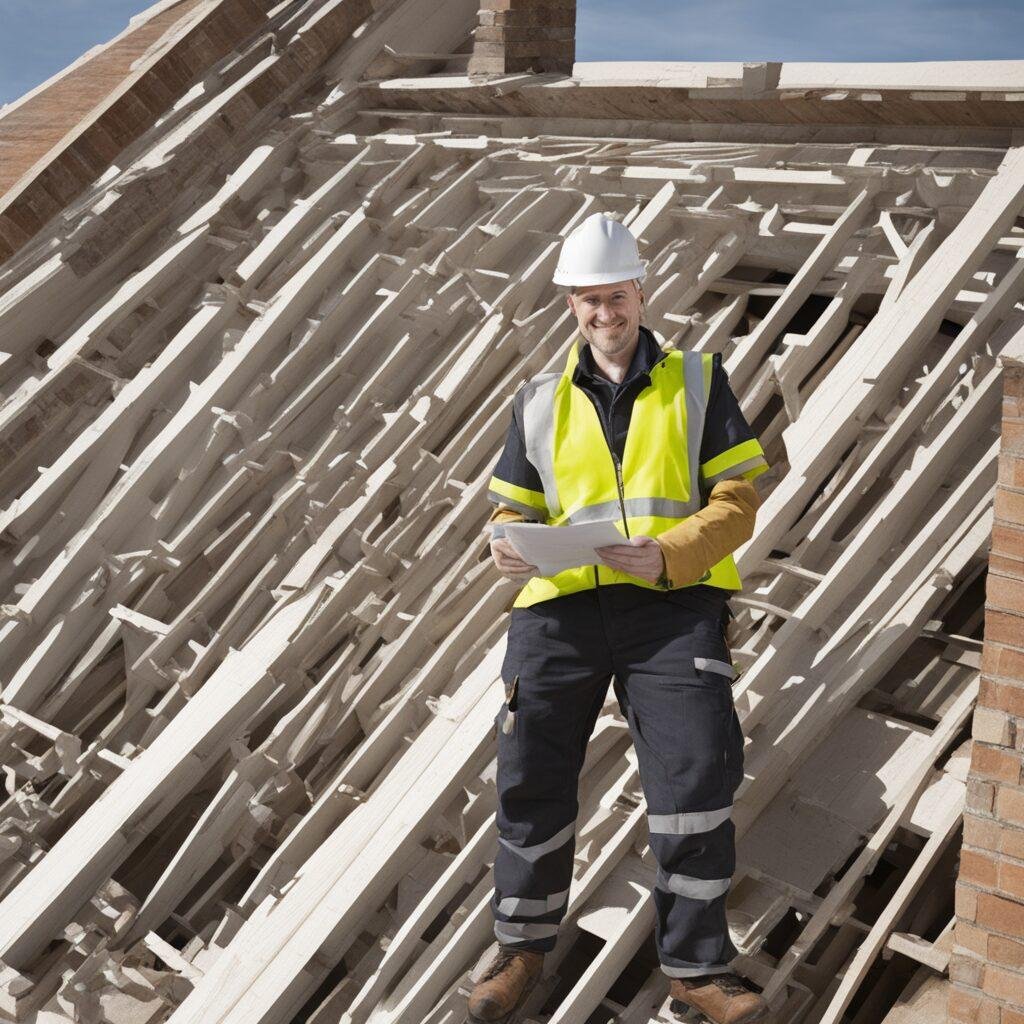

Different types of house extensions, including kitchen, side return, and wraparound variations, may have distinct rules and limitations that differ from standard extensions. These unique extensions can significantly increase the value of your home, particularly in London.
For example, conservatories or orangeries may be exempt from building regulations if they satisfy specific criteria, such as being separated from the main house by external-quality doors and windows. To ensure that your addition is energy-efficient and comfortable, you will need to consider factors such as flooring, insulation, glazing, and heating.
Likewise, porches may also be exempt from building regulations if they meet certain size and height requirements. However, it’s important to check with your local council before beginning construction to see if planning permission is required or if your property is located in a conservation area.
Understanding the building regulations and planning permission requirements for your 3 meter house addition is essential to ensure that your project is safe, legal, and meets the appropriate standards. By familiarizing yourself with these requirements and limitations for specific types of additions, you can avoid potential problems and ensure a successful project. You can also use an online cost calculator or consult with a surveyor to estimate the costs and create a checklist of building work that needs to be done.
Design Options
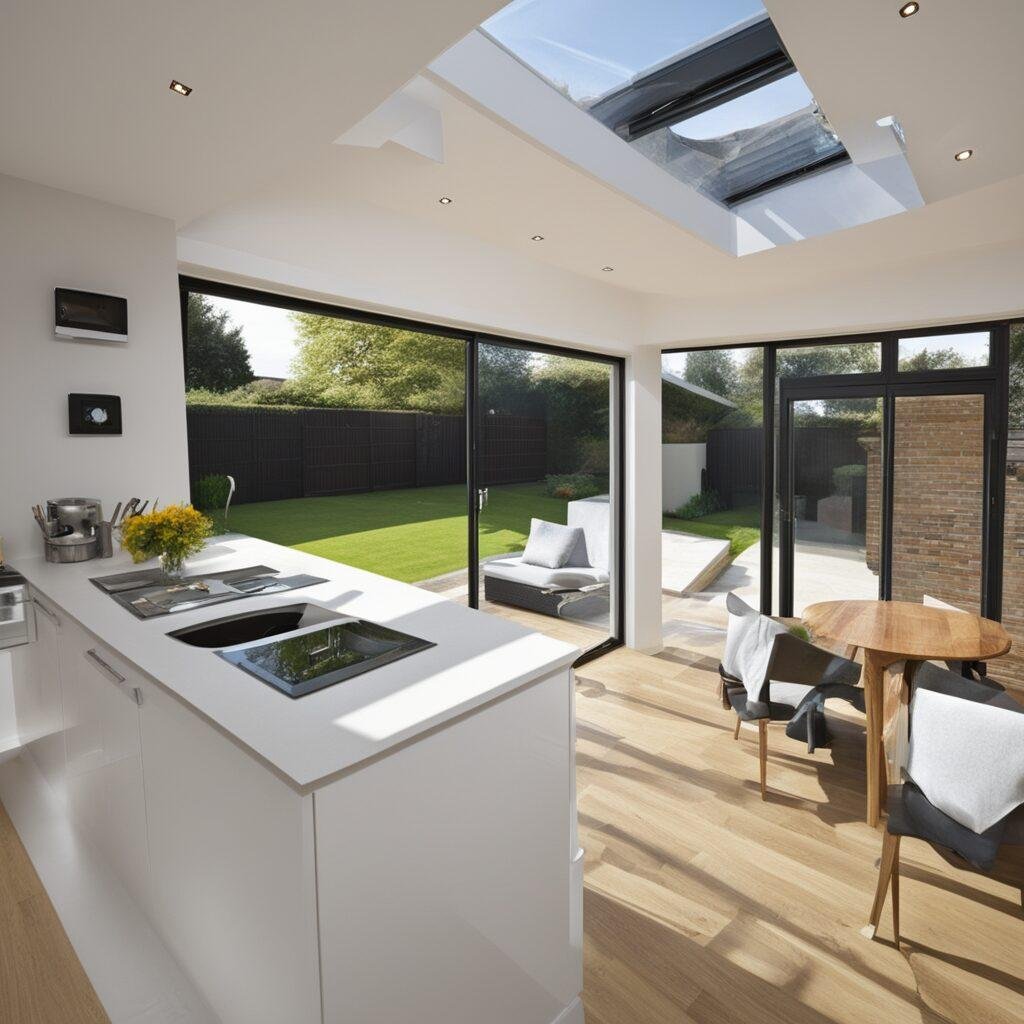

When it comes to designing your 3 meter house extension, there are several options to consider, including:
- Single storey extension: This is the most popular option and involves extending the ground floor of your home. It can be used to create a new living area, kitchen, or dining room.
- Two-story extension: This option involves extending both the ground and first floors of your home, creating additional bedrooms or bathrooms.
- Wrap around extension: This option involves extending the ground floor of your home on two sides, creating a wrap around effect. It can be used to create a new living area, kitchen, or dining room, as well as a home office or playroom.
Factors to Consider When Choosing a Design:
When choosing a design for your 3 meter house extension, several factors to consider, including:
- Your budget: The design you choose will impact the cost of your project, so it’s essential to have a clear idea of your budget.
- Your property type: The design of your extension should complement the existing style of your home and the surrounding area.
- Your needs: Consider what you want to achieve with your extension, whether it’s creating extra living space, a home office, or a playroom for your children.
Popular Design Trends:
Some popular design trends for 3 meter house extensions include:
- Open-plan living: This involves creating a large, open space that combines the kitchen, living, and dining areas, making it perfect for entertaining.
- Bi-folding doors: These doors create a seamless transition between your indoor and outdoor living spaces, providing plenty of natural light and fresh air.
- Minimalist design: This trend involves creating a clean, clutter-free space that emphasizes simplicity and functionality.
Choosing the right design for your 3 meter house extension is crucial to achieving your desired outcome. By considering your budget, property type, and needs, you can select a design that complements your home and lifestyle. Popular design trends like open-plan living, bi-folding doors, and minimalist design can help you create a modern and stylish extension that enhances the value and functionality of your home.
Cost Estimates
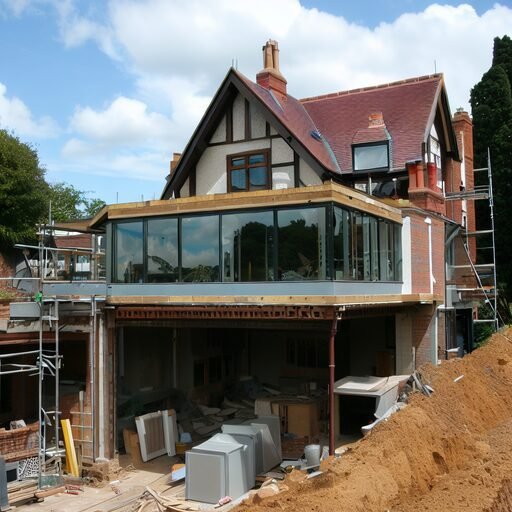

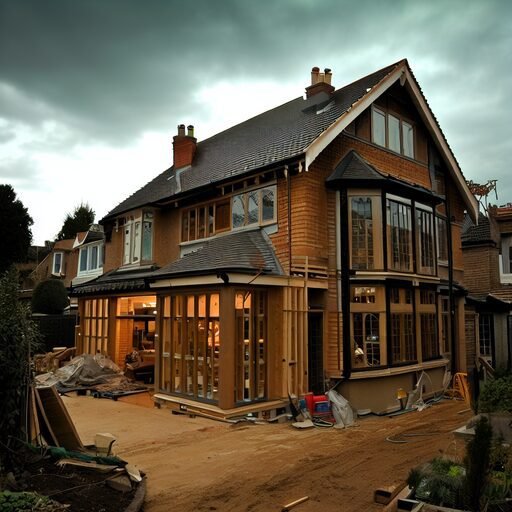

The cost of a 3 meter house extension can vary depending on several factors, including:
- Size of the extension: The larger the extension, the more it will cost.
- Design: Complex designs with features like bi-folding doors or skylights will cost more than simpler designs.
- Materials: High-end materials like hardwood or stone will cost more than standard materials like brick or concrete.
- Labor costs: The cost of labor will vary depending on where you live and the experience of the contractor.
According to industry estimates, a 3 meter house extension can cost between £20,000 and £50,000, depending on the factors mentioned above.
Factors That Influence the Cost:
Several factors can influence the cost of your 3 meter house extension, including:
- Planning permission: If you require planning permission, this can add additional costs to your project.
- Building regulations: Your extension must comply with building regulations, which may require additional costs such as hiring a structural engineer.
- Access to the site: If the site of your extension is difficult to access, this may increase the cost of materials and labor.
- Unexpected issues: Hidden issues like electrical or plumbing problems can add unexpected costs to your project.
Cost-Saving Tips:
Here are some tips to help you save money on your 3 meter house extension:
- Choose a simple design: Simple designs with fewer features and details are typically less expensive than complex designs.
- Opt for cost-effective materials: Materials like concrete and brick are often less expensive than high-end materials like stone or hardwood.
- Get multiple quotes: Compare quotes from different contractors to ensure you’re getting a fair price.
- Plan ahead: Proper planning can help you avoid unexpected costs and delays.
A 3 meter house extension can be a significant investment, but it can also add significant value to your home. By understanding the factors that influence the cost and implementing cost-saving tips, you can ensure your project stays within budget. Remember to consider factors like planning permission, building regulations, and access to the site when estimating costs, and choose a contractor with experience and a good reputation to ensure your project runs smoothly.




Hiring a Contractor
Here are some tips to help you find a reliable contractor for your house extension project:
- Research potential contractors: Look for contractors with experience in house extensions and a good reputation in your area. Check online reviews and ask for references from previous clients.
- Verify insurance: Ensure the contractor has a valid license and insurance to protect you and your property in case of accidents or damages.
- Get multiple quotes: Compare quotes from different contractors to ensure you’re getting a fair price. Be wary of quotes that are significantly lower than others as this could indicate lower quality work or hidden costs.
- Check the contract: Read the contract carefully and ensure it includes all the details of the project, including timelines, payment terms, and any guarantees or warranties.
Questions to Ask Potential Contractors:
When interviewing potential contractors for your house extension project, ask these questions to help you make an informed decision:
- Can you provide references from previous clients?
- What experience do you have with house extensions?
- How will you handle unexpected issues or delays?
- What payment schedule do you propose?
- What guarantees or warranties do you offer?
Red Flags to Watch Out For:
Here are some red flags to watch out for when hiring a contractor for your house extension project:
- No insurance: Contractors without a valid license or insurance should be avoided.
- High-pressure sales tactics: Contractors who pressure you into signing a contract or paying a deposit should be avoided.
- Lack of communication: Contractors who are slow to respond to emails or phone calls may not be reliable.
- Lack of transparency: Contractors who are unwilling to provide references or details about their previous work should be avoided.
Hiring a reliable contractor is crucial for the success of your house extension project. By doing your research, asking the right questions, and watching out for red flags, you can find a contractor who can deliver quality work on time and within budget. Remember to verify licenses and insurance, get multiple quotes, and read the contract carefully before signing. By following these tips, you can ensure your house extension project runs smoothly and meets your expectations.
Recap of key points
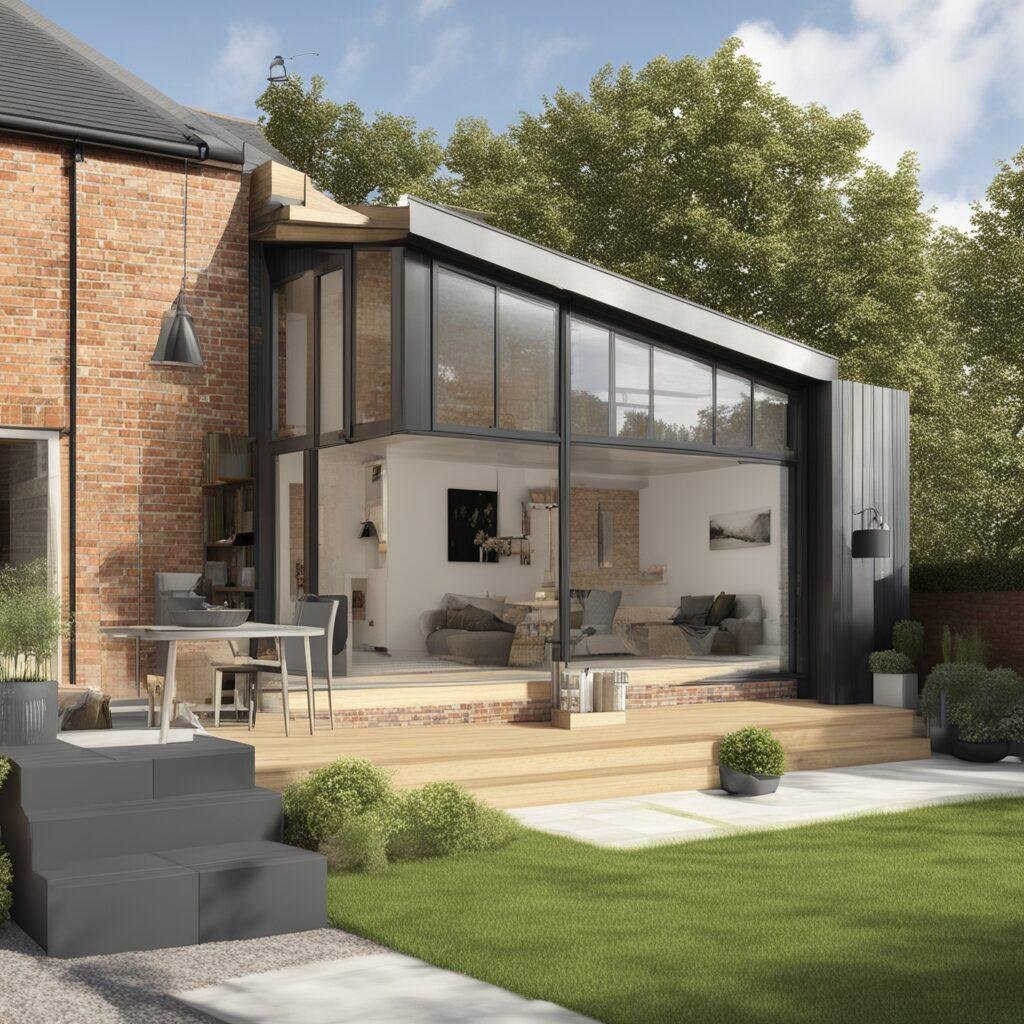

In this guide, we covered the following key points about a 3 meter house extension:
- Planning Permission and Building Regulations: We discussed the requirements for planning permission and building regulations, exemptions and limitations for certain types of extensions, and the importance of hiring a qualified architect.
- Design Options: We provided an overview of different design options, including single-story and double-story extensions, factors to consider when choosing a design, and popular design trends.
- Cost Estimates: We explained the factors that influence the cost of a 3 meter house extension, such as location, materials, and labor costs, and provided cost-saving tips to help you stay within budget.
- Hiring a Reliable Contractor: We offered tips for hiring a reliable contractor for your house extension project, including researching potential contractors, verifying licenses and insurance, getting multiple quotes, and checking the contract, as well as questions to ask potential contractors and red flags to watch out for.
Final Thoughts:
Extending your house by 3 meters can be an excellent way to increase the value of your property and enhance your living space. However, it’s crucial to approach this project with meticulous planning and careful consideration. To ensure a successful and hassle-free house extension project, it’s essential to understand the requirements for planning permission and building regulations, explore various design options, estimate the cost of the project, and hire a reliable contractor. Before starting the project, it is important to consider how much space you need and how it will fit into your existing home. You should also think about factors such as natural light, ventilation, heating, and insulation. Researching different design options can help you get inspiration and ideas from other homeowners who have undertaken similar projects. Estimating the cost of your house extension project is also imperative in order to avoid any financial surprises later on. It is best to get quotes from multiple contractors before finalizing one. Also remember that unexpected expenses may arise during the construction process so keep some contingency funds aside. Lastly, hiring a reliable contractor is crucial for ensuring that your project goes smoothly without any delays or added expenses. Look for a contractor who has experience in similar projects and has good reviews from previous clients. By following these steps, you can ensure that your house extension project is successful and adds value to your property while also enhancing your living space.




FAQs
What is a 3 meter house extension and when do I need planning permission for it?
A 3 meter house extension is a single-story addition that adds three meters or less to the length of your home, either to the side or rear. It is a popular choice among homeowners who want to create more living space without the cost of a two-story extension. This is a good idea. Generally, a 3 metre house extension falls under permitted development rights, meaning you don’t need planning permission if it meets specific criteria. These include not extending beyond the rear wall of the original house by more than 3 meters for an attached house or 4 meters for a detached house, no higher than the highest part of the existing roof, and not covering over 50% of the total land area around the original house.
Can I add on a 3 meter house extension myself?
House extensions are complex self-build projects that require a variety of different skills and disciplines to be done to a high standard and safely. Therefore, it’s highly recommended that you hire a qualified professional to complete the work. While it’s possible to save money on the house extension cost by handling some of the work yourself or project managing it, you also run the risk of ending up with a substandard extension that could end up costing you more in the long run. So, it’s best to leave the job to the experts who have the necessary skills and experience to ensure that your self build house extension is completed to a high standard. Trusting the professionals means that you can rest assured that your extension is safe, functional, and adds value to your property.
What are the design options for a 3 metre house extension in the UK?
A 3 meter house extension can come in different designs, including a single-story or two-story extension, or a wrap-around extension. The design should depend on your budget, property type, and needs. Some trendy design options include open-plan living, minimalist design, and bi-folding doors.
Do I need to comply with building regulations for a 3 meter house extension?
Yes, your 3 meter house extension needs to comply with building regulations to meet safety, energy efficiency, and accessibility standards, even if it falls under permitted development rights. You’ll need to submit a building notice or full plans application to your local authority, ensure that the extension’s foundations, walls, doors, and windows meet the appropriate standards, and get approval from your local authority building control officer at key stages of the construction process.
How long does a planning application take to be approved?
The time it takes for your local council to make a decision on your household or minor development planning application can vary depending on the council. To get an idea of the typical time frame in your area, it’s worth contacting your local planning department. However, it’s worth noting that in most cases, a decision is made within the statutory 8-week period. So, if you’re planning a house extension or a minor development, you can expect to have a decision within 8 weeks of submitting your application to the council.
What is the cost of a 3 meter house extension?
A 3 meter house extension cost may vary, depending on the extension’s size, materials used, and design options. Nonetheless, it is a cost-effective way to increase your living space and your property’s value.
How much do a 3 meter house extension drawings cost?
If you want to ensure that your house extension is exactly what you want and provides you with the much-needed extra space, it’s important to hire an architect or architectural technician to create detailed plans. This will provide you and your builders with valuable insights into specifications, timescales, and costs, making the building process much smoother. The cost of an extension varies based on its size and complexity, but it’s important to note that VAT is not included in the prices mentioned. For example, if you’re looking for extension planning drawings, you can expect to pay between £350 and £950. A shell-only extension can cost between £1,000 and £1,500 per square meter, while a two-story extension of 60 square meters can range from £105,000 to £155,000. For a semi-detached or side extension in England, the cost is around £1,800 to £2,600 per square metre. Please note that additional fees may apply if you need the architect to submit a planning application. By hiring an architect or architectural technician, you can ensure that your house extension meets your needs and stays within your budget. How much does your dream extension cost? Get in touch with an architect today to find out!



- Head Office: Corwell Lane, Uxbridge, England, UB8 3DE.
- + (44) 07359 267907
- info@structuralengineercalcs.com


